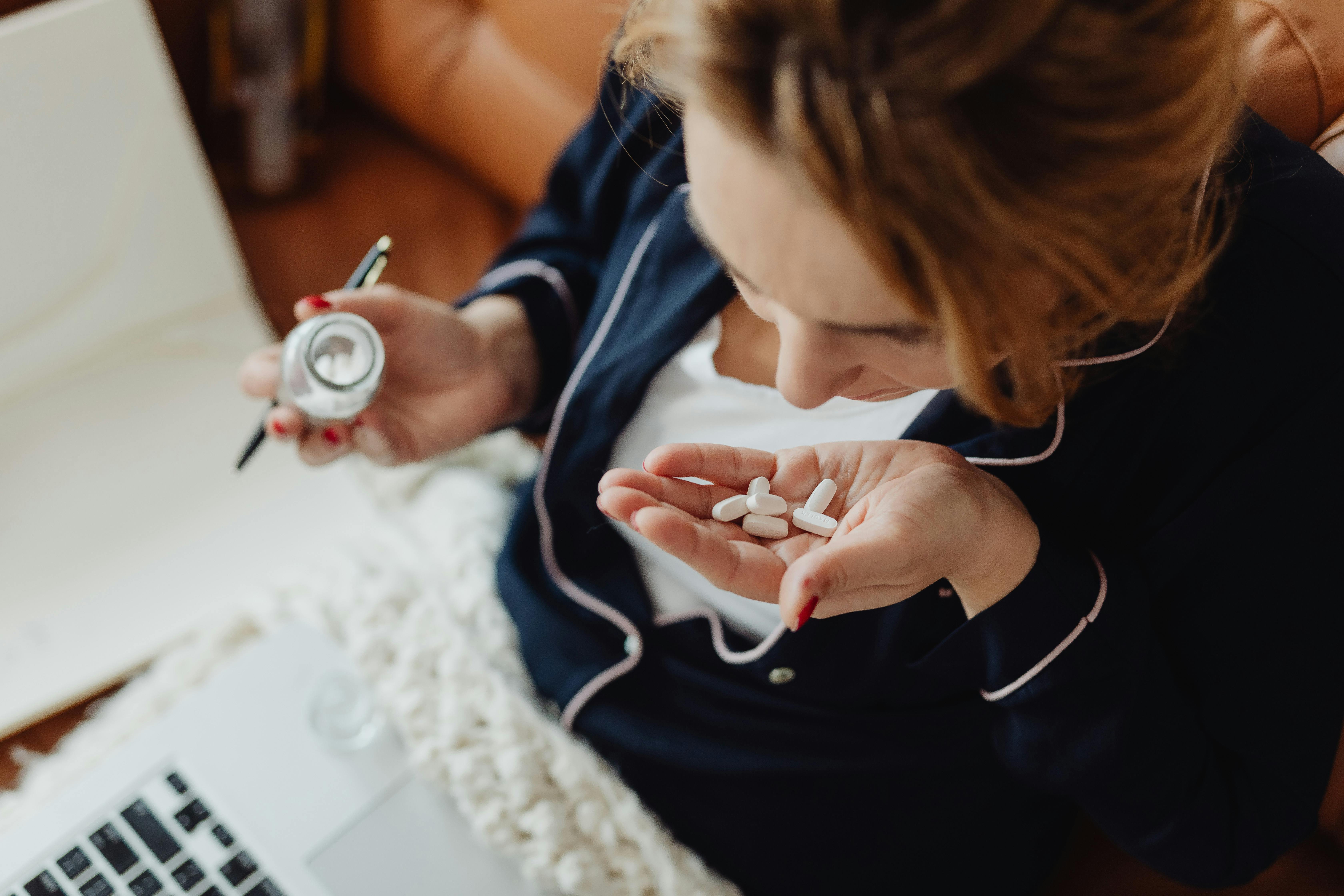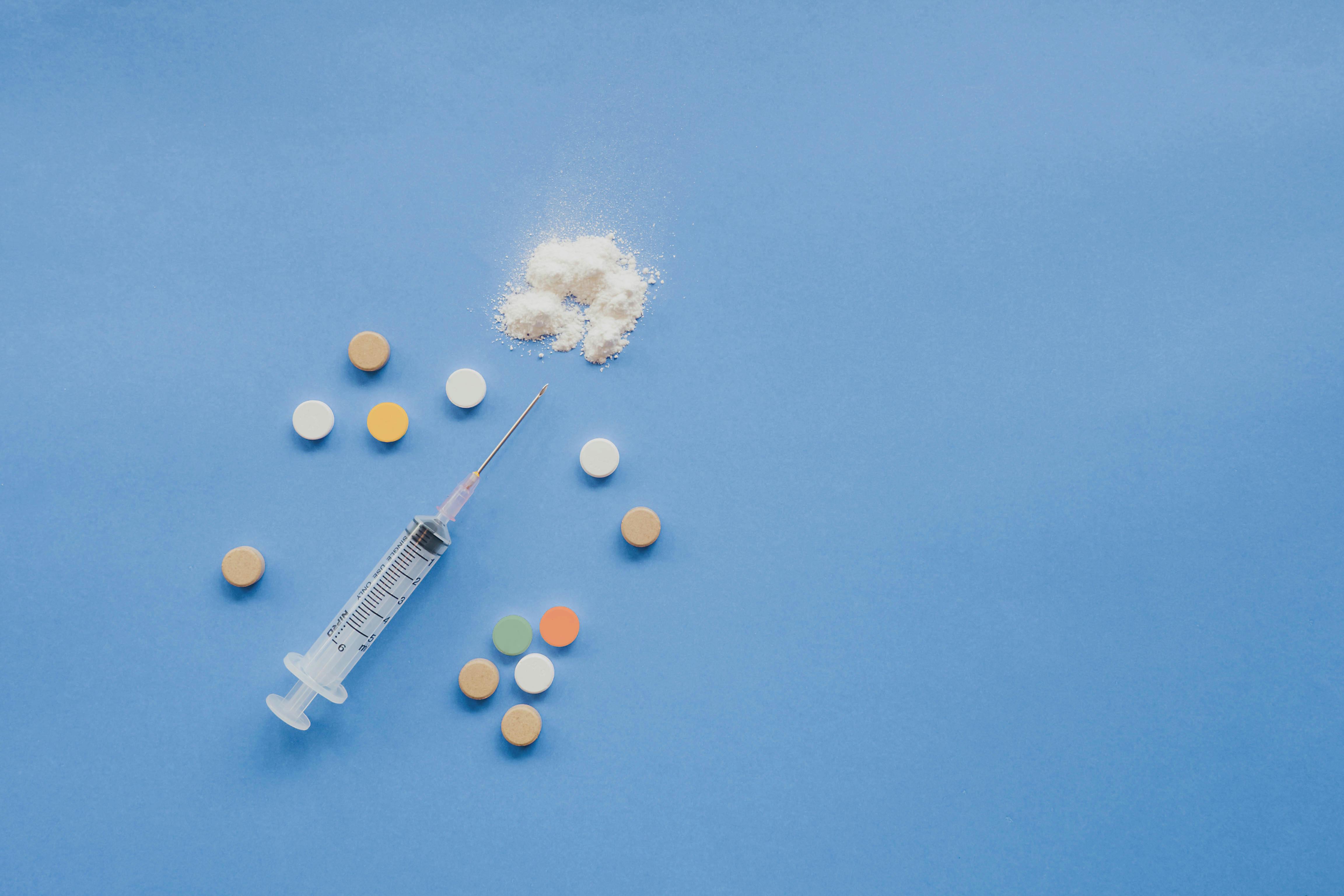South Dakota’s overdose death rate remains the lowest in the nation.
Since 2022, South Dakota has received over $18 million from the national opioid settlement, with $3 million already distributed to programs to combat opioid abuse. This is just the beginning of the state’s efforts to distribute the funds after it was decided that South Dakota would receive more than $54 million over the next 20 years. In 2021, a national opioid settlement was reached to resolve litigation against the three largest pharmaceutical distributors and one manufacturer in the U.S. These companies were accused of fueling the epidemic by distributing excessive amounts of painkillers despite knowing their potential to be addictive.
The opioid crisis has escalated dramatically over the past few years, becoming one of the most pressing public health challenges in the United States. Fueled by the over-prescription of powerful painkillers, such as oxycodone and hydrocodone, the crisis has led to a surge in addiction, overdoses, and deaths. Synthetic opioids like fentanyl have further intensified the epidemic, being responsible for a significant proportion of recent overdose fatalities. According to the Centers for Disease Control and Prevention (CDC), over 100,000 Americans died from drug overdoses in 2022 alone, with opioids accounting for nearly 75% of these deaths.
In the first half of 2024 alone, South Dakota recorded 42 drug overdose deaths, 16 of which were opioid-related. Despite this, the state saw a 27.6% decrease in overall drug overdose deaths compared to the same period in 2023. As of 2024, the state has received $15 million from the settlement and is slated to receive an additional $21.7 million over the next four years.

South Dakota’s Opioid Abuse Advisory Committee has announced plans for roughly $16.2 million of these funds, including $8.16 million for a program sustainability fund, intended to ensure continuous support for drug treatment and prevention efforts if other federal funds are reduced; $4.5 million for the opioid settlement community grant program, which will fund local organizations’ treatment and prevention programs; $1.88 million for the overdose follow-up program, supporting nonprofits like Emily’s Hope and Project Recovery; $1 million for the Prescription Drug Monitoring Program; $350,000 for a statewide needs assessment to identify service gaps; $150,000 for Naloxone distribution to businesses across the state; and $248,048 for administrative costs. The committee also recommended conducting a statewide needs assessment, with $350,000 allocated for this purpose. This assessment, expected to be completed by the end of 2025, aims to update the state’s understanding of where the most critical service gaps exist.
With drug overdose deaths in South Dakota dropping, falling from 104 in 2021 to 95 in 2023, state officials are cautiously optimistic that their efforts to combat the crisis are working. However, they remain mindful of the 48% increase in drug overdose deaths since 2014, with fentanyl being the most common drug involved. And it’s only been a short amount of time since the state received these funds.
Tiffany Wolfgang, Director of the state’s Division of Behavioral Health, stressed the importance of a careful and strategic approach to utilizing the settlement funds. “We need to ensure that the initiatives we fund have the most significant impact on our communities,” she stated.
South Dakota’s overdose death rate remains the lowest in the nation, at 11.3 per 100,000 people, significantly lower than the national average of 32.6 per 100,000. As the state moves forward with its plans, the focus will remain on maintaining this low rate while addressing the evolving challenges of the opioid crisis.
Sources:
SD committee plans needs assessment for remainder of $54 million in opioid settlement funds


Join the conversation!